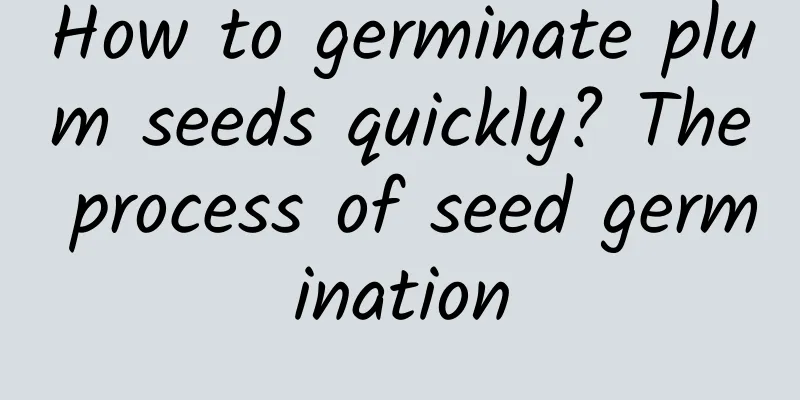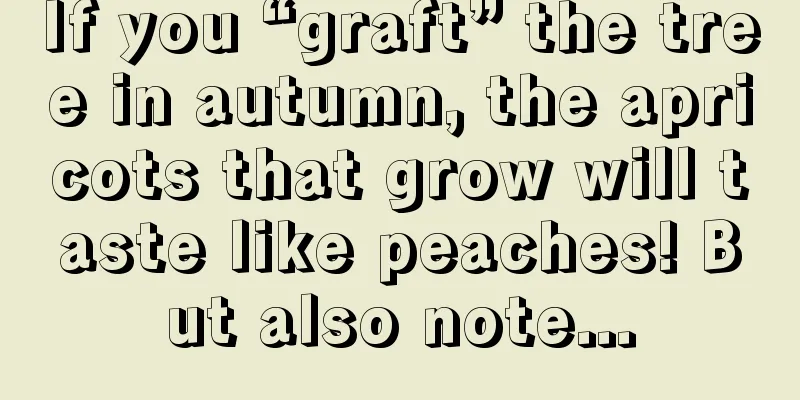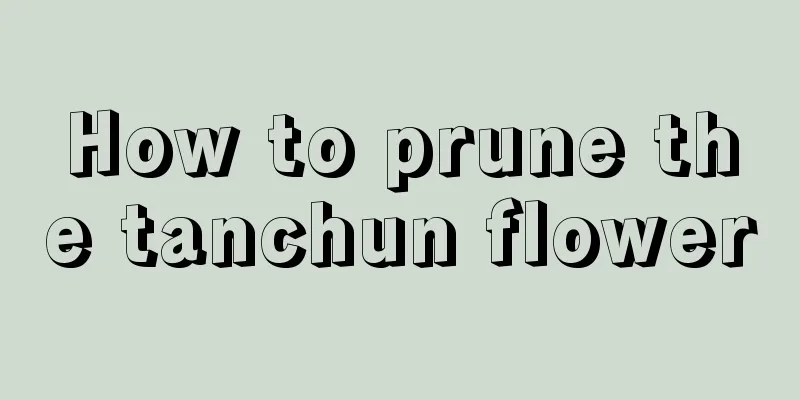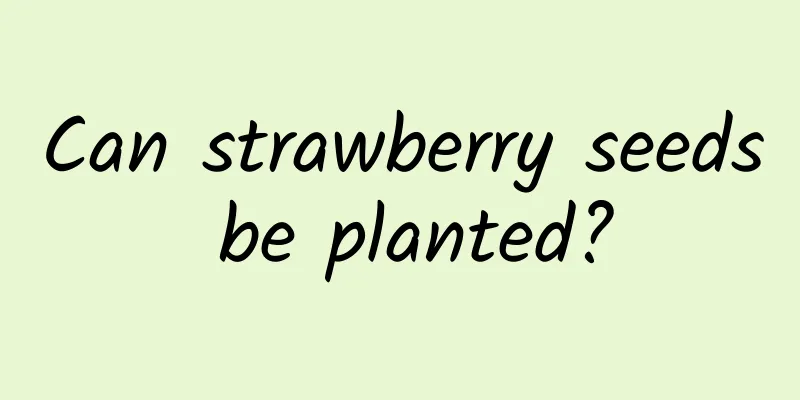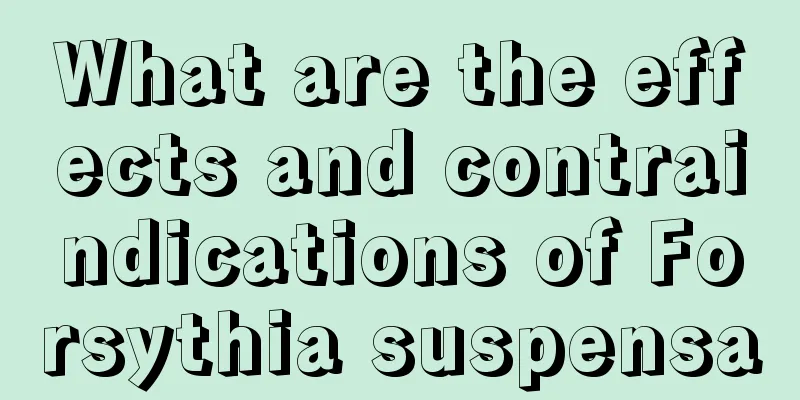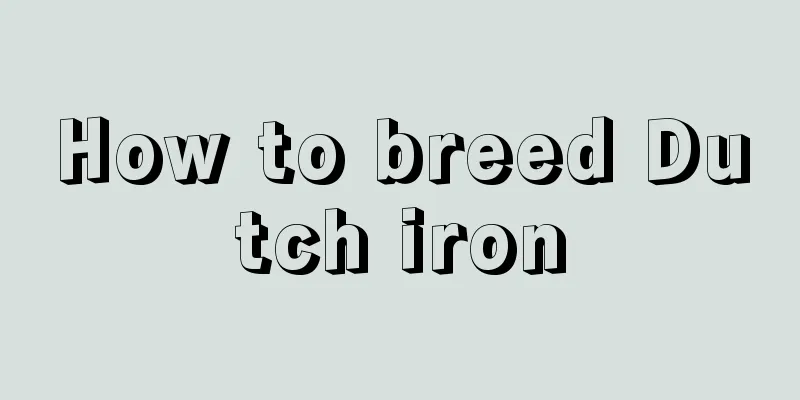Disease and pest control of Bauhinia
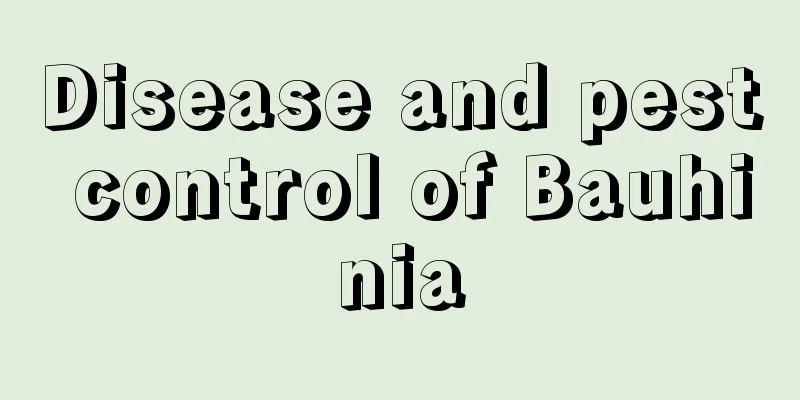
1. Angular spot diseaseThe disease mostly occurs on leaves, and polygonal yellow-brown to dark reddish-brown, followed by small black-brown mold spots, can often be found. Often the entire plant will wither and die. This is a fungal disease that usually occurs from July to September. The pathogens include Cercosporium and Cercospora serrata. The infection starts from the lower part and then gradually spreads upwards. This will have an adverse effect on its development, especially during the rainy season, which will aggravate the condition and the pathogen will attach itself to the plant and wait for the winter to pass. So how do we prevent and control it? When autumn comes, we need to deal with it in a centralized manner, such as burning it. If it is accidentally infected with pathogens, we can use several different agents, such as spraying 700~1000 times of 50% carbendazim. Wait and spray it three or four times every ten days or so. 2. Fusarium wiltThe disease usually starts with a few branches, which will then slowly turn yellow and fall off, and finally die as a whole. If we peel off the bark, we can observe yellow-brown stripes and ring-shaped necrotic spots of the same color. The disease will slowly infect the roots from the lowest level of wounds, causing damage to the vascular tissue, and then cause the plant to wither and eventually die. This symptom is caused by infection with the fungus Fusarium, which we know as the fusarium. This type of fungus will also overwinter in debris or soil and is more resistant and more likely to exist for too long. Only by increasing the resistance of the plant can the possibility of infection be reduced. We need to cut off diseased and broken branches in time, and then disinfect them with medicine. 3. AphidsSpray it with 1000 times 40% dimethoate EC. 4. Brown-edged green mothIn autumn and winter, we can use frozen water and apply it to the soil around the plants to kill the winter seedlings. If it only occurs in small quantities, we only need to cut off the insect leaves in time. When we find early larvae, we need to treat them promptly with a thousand times stronger pesticide. 5. Bauhinia scabraIn autumn and winter we need to remove the insect sacs on the trees. In June or July, when the larvae are in the early stages of their damage, we can choose to spray 800 to 1200 times the concentration of trichlorfon. At the same time, we also need to provide indirect protection by protecting the natural enemies of insects. |
>>: Disease and Pest Control of Rhododendron australis
Recommend
What to do if Dieffenbachia is damaged by frost
Frost damage of Dieffenbachia Frost damage is a p...
How to prune yew bonsai
1. Pruning method 1. Bud removal: After the yew b...
How to prune yellow jasmine
1. Thinning branches The method of thinning branc...
How to use the leaf fairy to graft the euphorbia pulcherrima
1. Ye Xian’s choice We usually choose "Yexia...
Can human feces be used as fertilizer?
Human feces as fertilizer Human feces can be used...
How often should I water the colorful peppers?
How often should I water the colorful peppers? Wh...
Cultivation methods and precautions of red cicada flower
Living habits First of all, because the plant is ...
Cultivation methods and precautions of hydroponic Monstera
1. Moisture Monstera is a green plant that likes ...
How to grow the succulent plant red curly
How to choose red silk When purchasing potted red...
What kind of fertilizer is good for water spinach?
Water spinach is a common vegetable, which is sui...
What are the effects of emerald green grass
The role of green cloud grass: ornamental The pla...
Cultivation methods and precautions for potted lilac
How to grow lilac in a pot Select pot The lilac p...
How to plant goat milk fruit
Saplings When the seedlings become saplings one m...
Can the leaves of the golden diamond be transplanted to survive?
1. Can it be inserted alive? The leaves of the go...
Rubber Tree Pruning
1. Pruning method 1. Pinching: This pruning metho...
